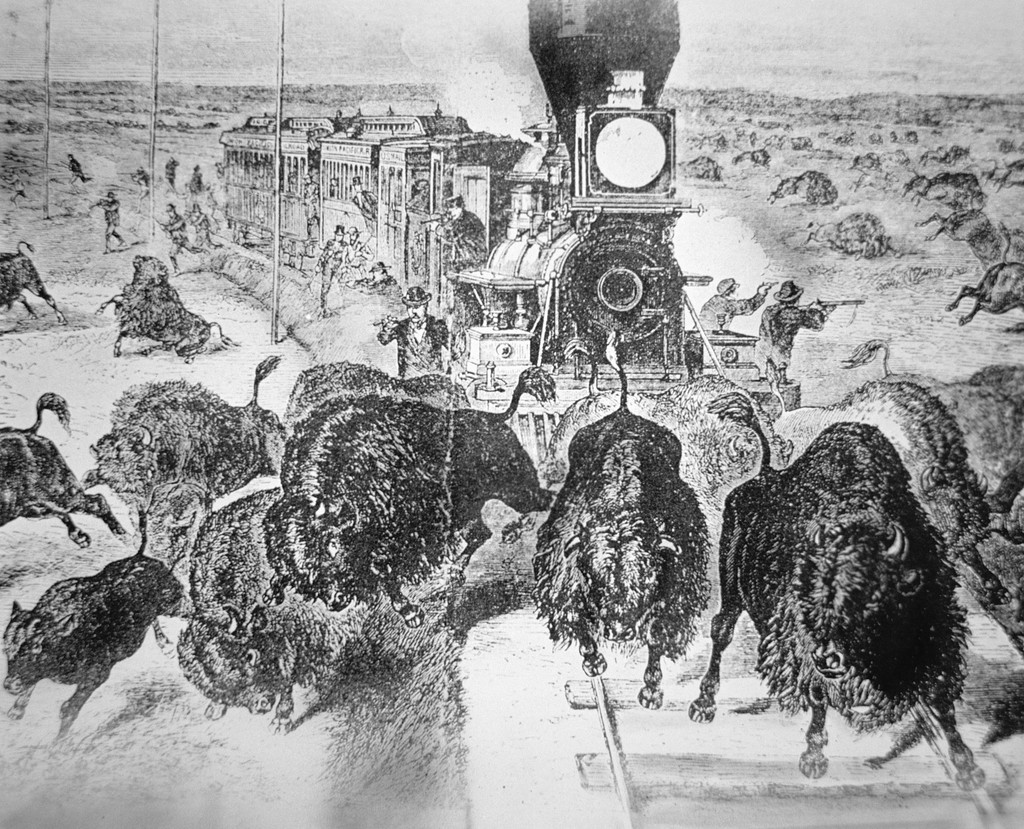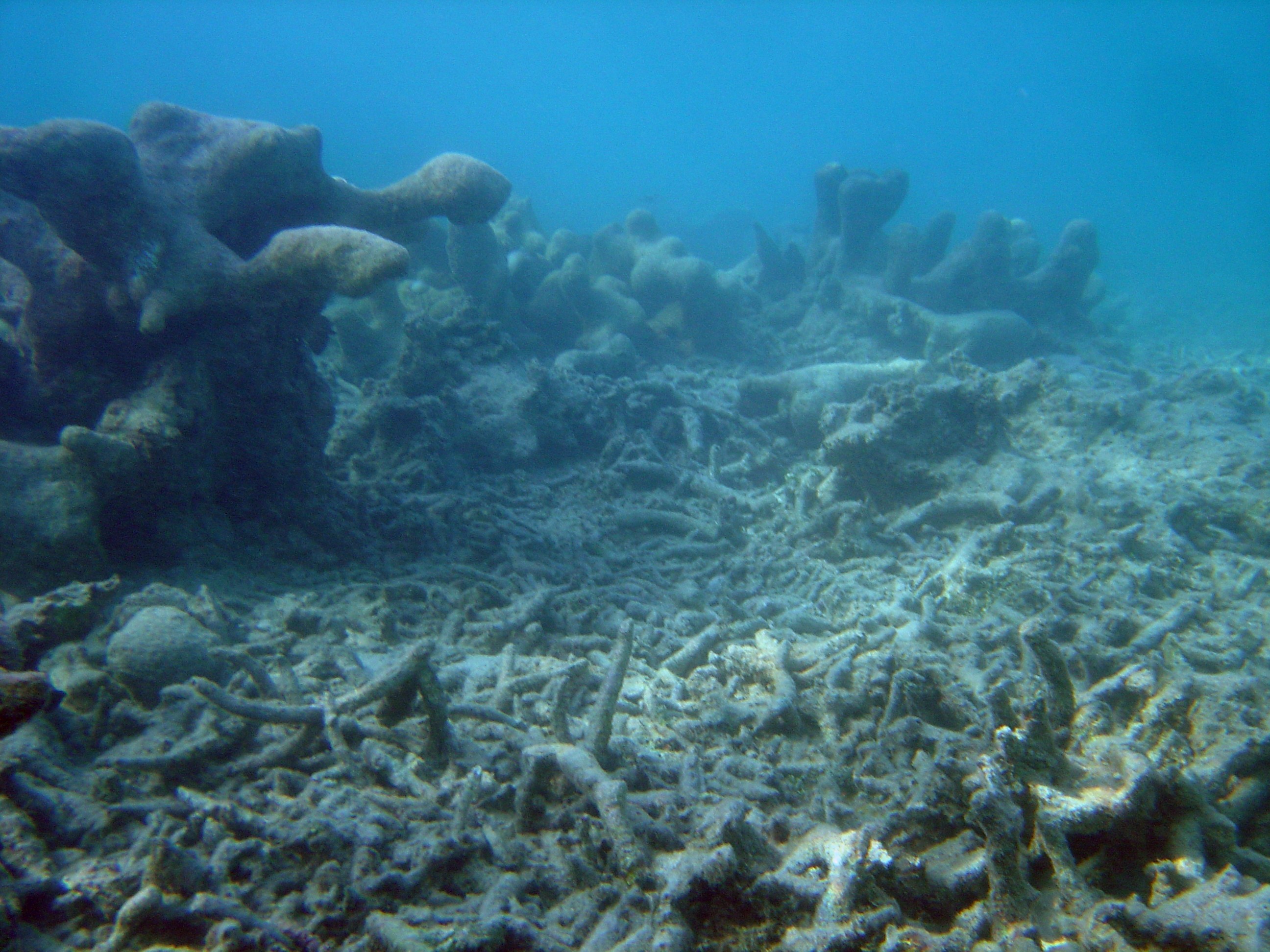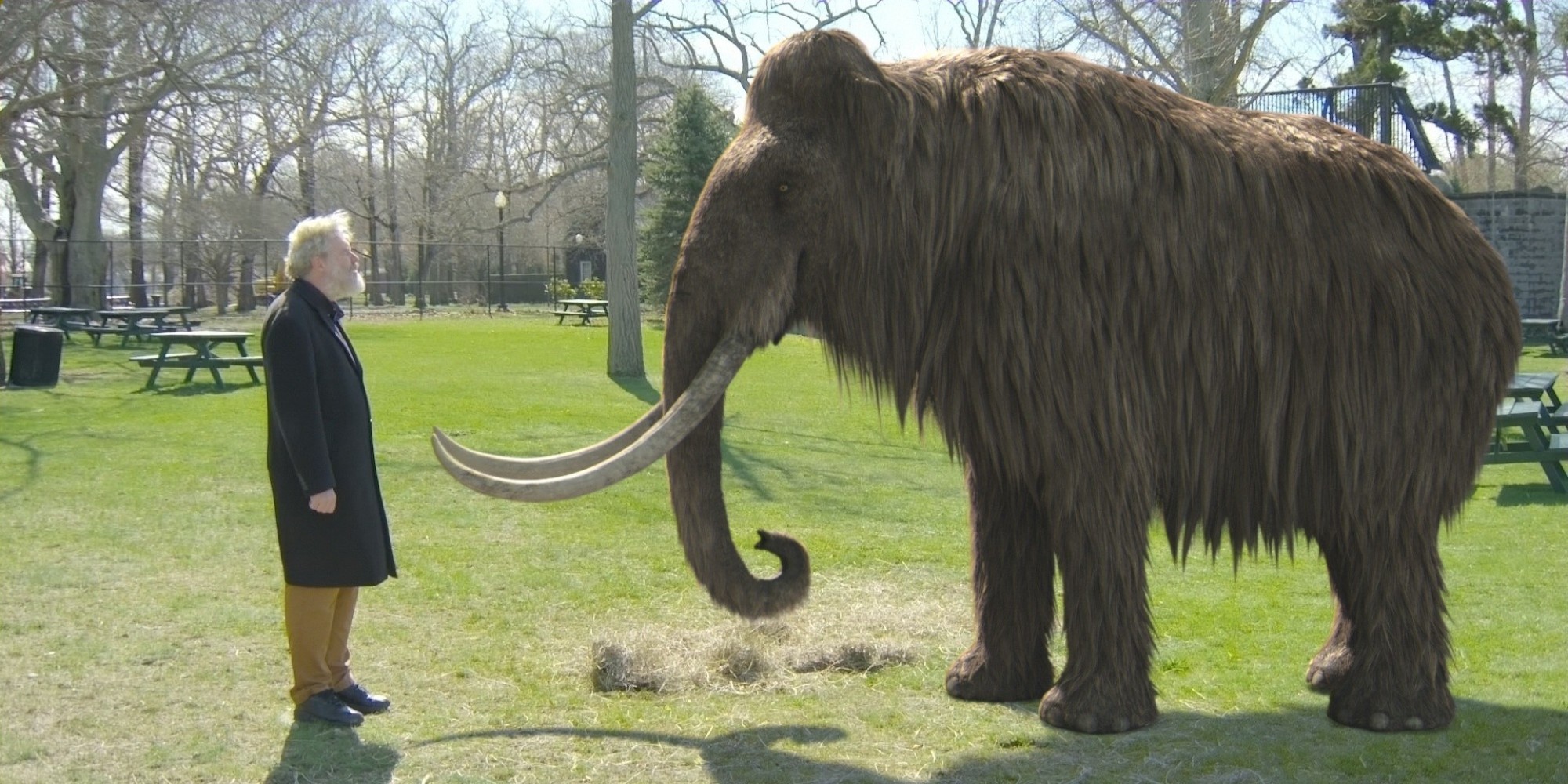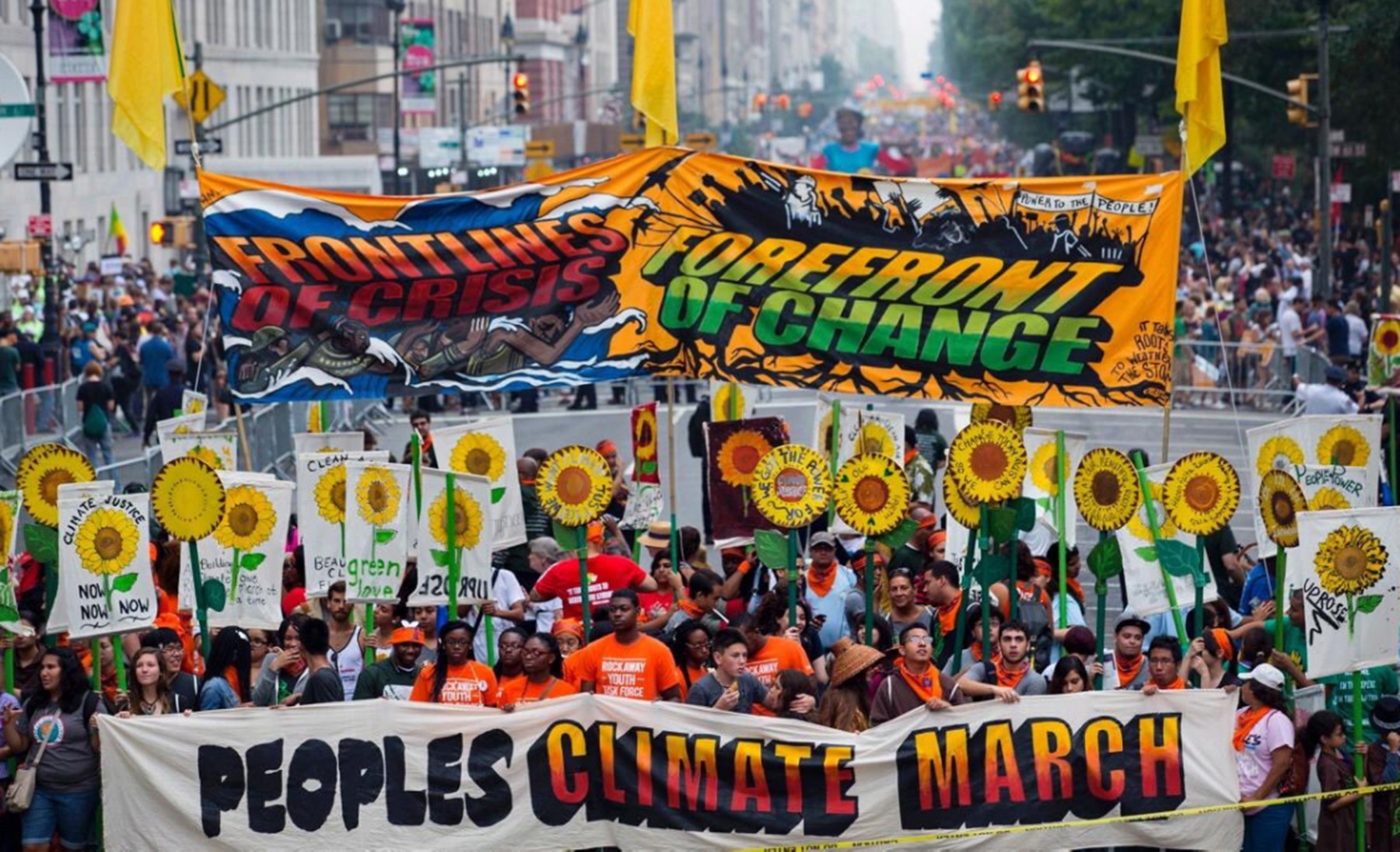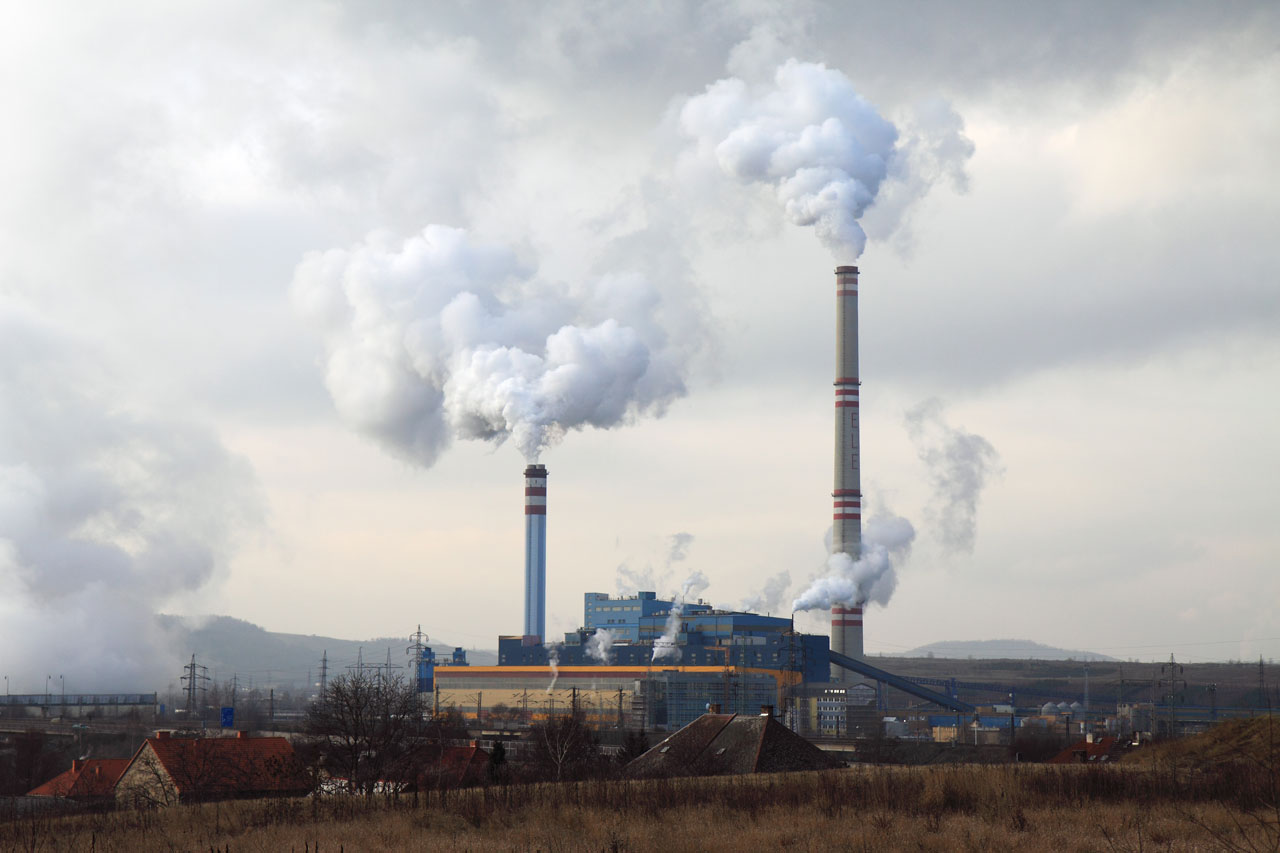Filed under: Civilization, Editorials, Environment, Featured, Peak Civ, Technology

“This isn’t an unfamiliar story: the colonizers celebrating their bloodthirsty hubris by displaying the last of a species or society as a living curiosity to the world they destroyed.”
These days good news is great news.
Thylacinus cynocephalus, the Tasmanian tiger, has been once again spotted in the wild. Calling it a tiger is a misnomer; it’s actually a marsupial. So while it looks like a wild cat with a distinctly zebra-like stripe pattern towards the end of it’s back, it’s genetically closer to a kangaroo than a feline. As colonizers tore through Australia and Tasmania, the Tasmanian tiger was one of the casualties. The last one was believe to have died in 1936 in Tasmania’s Hobart Zoo.
This isn’t an unfamiliar story: the colonizers celebrating their bloodthirsty hubris by displaying the last of a species or society as a living curiosity to the world they destroyed. On March 3, 1869, William Lanney, the last known full-blood male of the exterminated Aboriginal population of Tasmania, had died. Nicknamed “King Billy,” he spent the last of his brief 34 years a bit of a local celebrity as his happy demeanor and sailor life rendered him both a citizen and a relic.
Within a day of his death, news spread quickly. His entire body had been looted from the morgue and torn apart multiple times. The house surgeon turned a piece of his skin into a personal tobacco pouch.[1]
Ishi, the last of California’s Yahi society, suffered a similar fate. Captured in 1911, he spent his last five years as a living exhibit in San Francisco’s Golden Gate Park. And he too, upon his death, had his body torn apart for trophies.[2]
The tendency of civilization is to subtract: to reduce wild populations to nothing, possibly save a few living examples for philanthropic fantasies in captivity. Martha, the last known passenger pigeon was born into captivity and died there in 1914. A species once so dense and populous that they could block out the skies for days. “Extinct in the Wild” is a phrase given to the last of a wild population being kept in captivity to protect it, ironically, from us.
Dying in captivity, however, is not living. Elephants living in sanctuaries have been found to suffer from PTSD related to both the trauma of capture and the disruption of their own communities.[3] What’s better than attempting to salvage a species in artificial circumstances? When they do it on their own. In the wild.
“Against all odds, the resiliency of the wild continues to fight the cancer civilization throws at it.”
The Ivory Billed woodpecker comes to mind. Having been declared extinct numerous times between the 1920s and 1940s, an Ivory Bill was recorded by a birder in Arkansas back in 2004. This opened the door to seek them out and evidence of their persistence continues to come to light. “Lazarus species,” species thought to have gone extinct and found in the wild, is a much-welcomed list. In our times, any news there is good.
Or I should say better than all other news. The excitement that comes when a previously thought extinct species is found must be tempered with our reality. Every day, dozens of species go extinct. That is because of civilization. Loss of habitat, climate instability, warming seas, pollution, toxins, chemical and oil spills, death by wind turbines, automobiles, and glass windows, or simply exterminated by the farmers, ranchers and trophy hunters: all made possible by civilization.
What the reemergence of these species, alongside the existence of millions of unknown species that persist and the existence of uncontacted indigenous societies, represents is that while our footprint exceeds all aspects of carrying capacity a million times over, our sense of control is a delusion. To put it another way: the destruction civilization inflicts upon the earth is definitive, our control and understanding of it, not so much. Against all odds, the resiliency of the wild continues to fight the cancer civilization throws at it.
“As drastic as things look, they can always get worse.”
That pendulum, however, swings both ways. So while we’ve found that coral reefs are exceptionally resilient at healing themselves, we’ve also seen back-to-back episodes of catastrophic coral bleaching in 2016 and 2017. Soaring sea temperatures feed bleaching events, result in species extinctions, and drastically alter behavior patterns. They also result in unprecedented events, like the increasing probability of a second year of El Niño cycles.
As drastic as things look, they can always get worse. Guy McPherson believes that an ice-free Arctic will result in 50-gigaton bursts of methane, which will result in human extinction by “mid-2026.” That begs the questions of whether industrial civilization will last that long, as even HSBC bank was warned against investing in fossil fuels due to peak oil looming in the coming years.
“Instead of keeping species from going extinct, some prefer to keep their heads in the clouds and revive species that already went extinct.”
In an act of absurdity, while the fate of the world is at play, so too are the scientists. Instead of keeping species from going extinct, some prefer to keep their heads in the clouds and revive species that already went extinct. One team of researchers has tried to reverse engineer a dinosaur’s face by manipulating chicken embryos. Another team of researchers seeks to create a mammoth-elephant hybrid by genetically engineering elephant embryos.
It would appear that some scientists find more traction in “de-extinction” efforts than “anti-extinction” ones. The mammoth-elephant hybrid drives the point home further as the giant tusked bull elephant populations were down to 21 as of the beginning of this year. This is the kind of number it took for China to announce its plan to shut down its ivory trade by the end of 2017. Hopefully, they will make it that long.
The problem isn’t that we aren’t aware of the consequences of civilization: it’s that we, as a globalized, hyper-technologically-fused society, have decided that it’s more palatable to see how this all plays out instead of doing anything about it. In the face of adversity, we double down on the technological solutions that got us here. So while it seems promising to hear about events like the “People’s Climate March” that took place in Washington DC on April 29, 2017, it’s vital to remember that they aren’t anywhere near enough.
“Control is an endemic condition if left to its own logical conclusions. This is what we know: the state of the world is worsening, rapidly.”
It is absolutely telling that the Trump administration is deleting government sites related to climate change. But it is not enough to believe that those government agencies were ever going to be enough in the first place. Like the “de-extinction” efforts, NGOs, corporations and scientists concerned about the real impacts of climate change simply accept that things like the Paris agreement weren’t going to do enough on their own. Their solution: geo-engineering, or, simply, “deliberately manipulating the Earth’s climate” to counter the impacts of complete climate instability. For all of Obama’s talk about climate change, this is what his former science advisor promoted, thus resulting in federal funding of intentional efforts to reconfigure the earth’s environment.
Control is an endemic condition if left to its own logical conclusions. This is what we know: the state of the world is worsening, rapidly. The models that we have developed for how negative feedback loops might spiral? It more often appears that the reality is worse than predicted.
Beyond all else, we know that it is civilization that has caused this climate change. From the origins of farming, through the methane releases caused by agriculture, culminating in carbon spike brought by the industrial age, and amplified by the green revolution, our technological solutions have only made the problems worse, not better. And who is leading that charge? The very people the “People’s Climate Marches” sought to redeem us once again.
Salvation is not coming. It most certainly won’t be legislated. The models, predictions, and policies are predicated on one central aspect: that civilization is not going to stop and that it can be controlled or directed. If living in an era where two bloated, narcissistic sociopaths can threaten the world with nuclear warfare isn’t enough to doubt the prospects for more control, it’s hard to say what will.
“If for no other reason, the meagerness of the “People’s Climate Marches” was good for one thing: a reminder that those in power don’t give a fuck about anyone or anything other than their own short-term interests.”
And it is here that there is some comfort in what we don’t know. Scientists aren’t typically modeling what would happen if civilization were to be stopped in its tracks. How many species wouldn’t go extinct? We have seen the staggering ability of coral reefs to regenerate despite what industrial technology heaves at them. We have seen that the resilience of the wild is stronger than our indifference to its decimation.
The history of civilization is evidence that the political power made possible by a mythos of absolute control never scales down. That is until it is forced to.
If for no other reason, the meagerness of the “People’s Climate Marches” was good for one thing: a reminder that those in power don’t give a fuck about anyone or anything other than their own short-term interests.
The Tasmanian tiger, the Ivory Billed woodpecker; they’re not here for us, but they are a reminder that we don’t need to wait for permission to live. The resilience of the wild is its refusal to be controlled. There is no guarantee or safety within it, but there is a chance of survival, of living on our own terms. At a certain point, you just have to stop asking.
[1] Mark Cocker, Rivers of Blood, Rivers of Gold. New York: Grove, 1998. Pgs 115-117.
[2] Orin Starn, Ishi’s Brain. New York: WW Norton, 2004.
[3] GA Bradshaw, Elephants on the Edge. New Haven: Yale UP, 2009.


